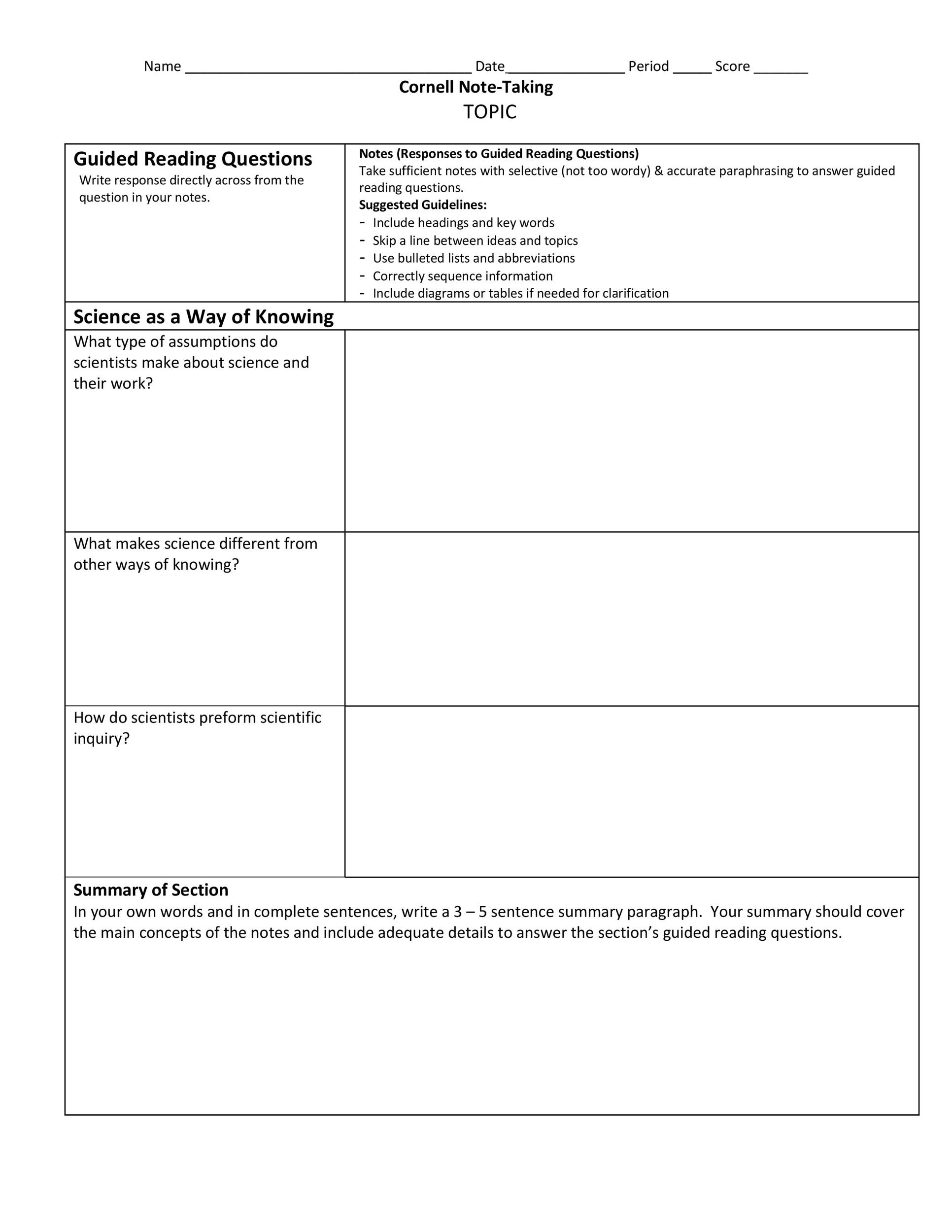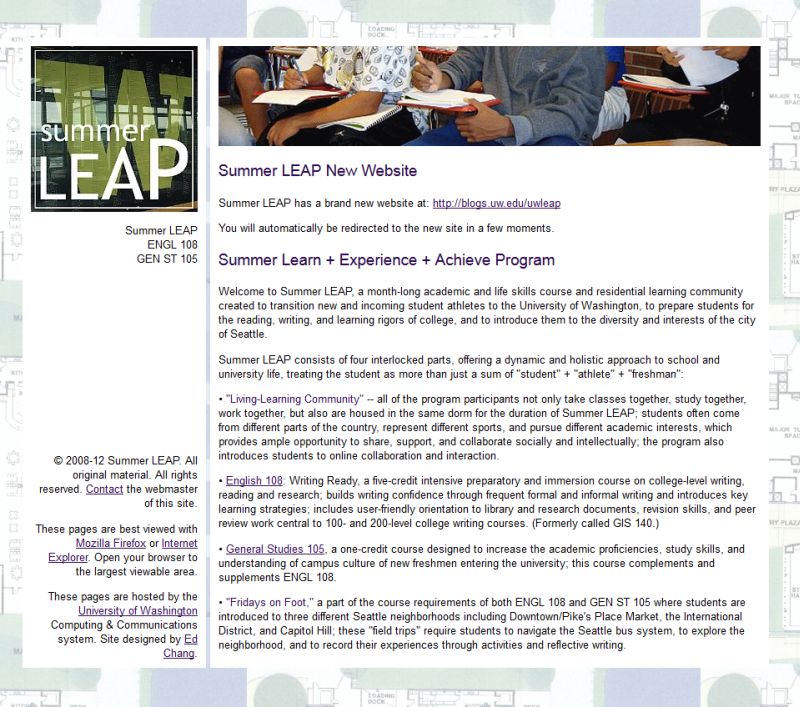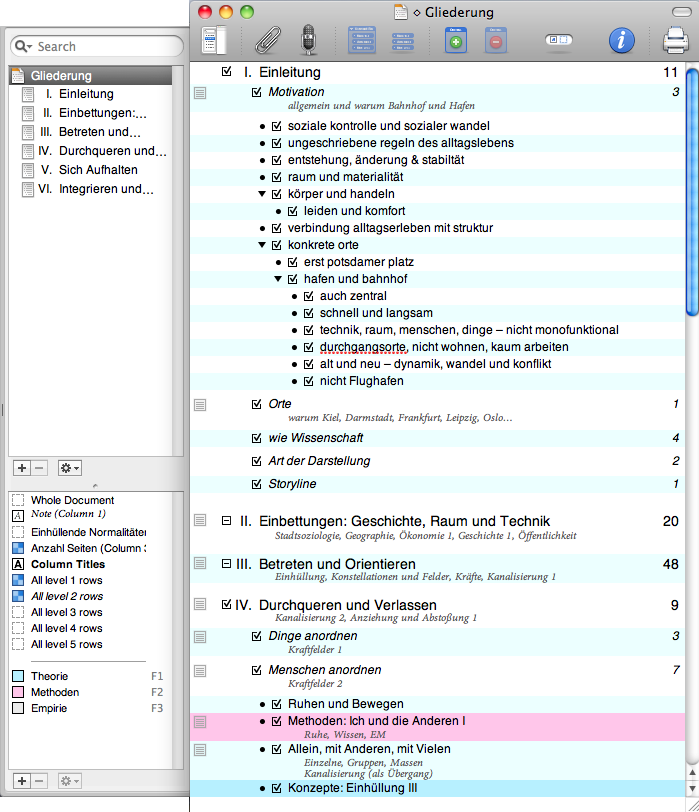Web 2.0: A Definition, Literature Review, and Directions.
Lal (2011) mentions that the adoption and incorporation of social software tools such as Web 2.0 and the semantic web technologies (Web 3.0) into web-based educational systems for business.Wilson et al. Web 2.0: Definition, Literature Review, and Future Research Proceedings of the Seventeenth Americas Conference on Information Systems, Detroit, Michigan August 4 th-7th 2011 2 In attempting to define the term, we acknowledge and agree with Kim et al.’s assessment that the term means.Students will be around the ages 16-19. They are expected to have some previous knowledge of the subject matter and some experience writing research papers. Standards. 11.5.9, 11.5.6, 11.5.7,11.5.10. Materials. Students will need to have some kind of access to a computer away from school, so they can easily work on their research outside of class.
This page contains links to papers written by Brian Kelly which have been peer-reviewed or have been presented at international conferences. Note that the papers are also listed by themes.You can also go directly to papers published in 2012, 2011, 2010, 2009, 2008, 2007, 2006, 2005, 2004, 2003, 2002, 2001, 2000, 1999 and 1998. Access to many of these papers is available from the University of.IAFOR believes in “Open Access” publishing, and since 2009, has been committed to maintaining an online searchable research archive that offers free access to anyone, anywhere, where there is Internet access, regardless of institutional affiliation or scholarly rank. Abstracts, research papers, and video footage are published under an IAFOR.

This review explores various studies and articles on the effects of Web 2.0 pedagogy on student engagement, collaboration, and achievement in a K-undergraduate setting. A critical review of purposefully selected peer-reviewed journal articles highlight the relationship between Web 2.0 pedagogy and student engagement, collaboration, and achievement. This literature review provides an analysis.











